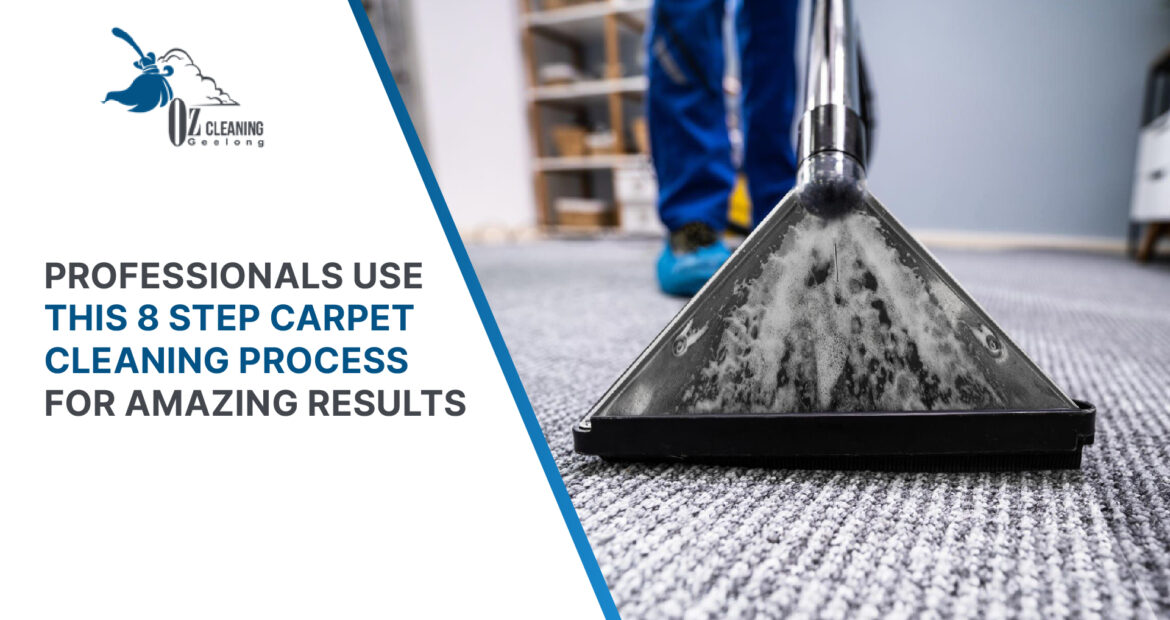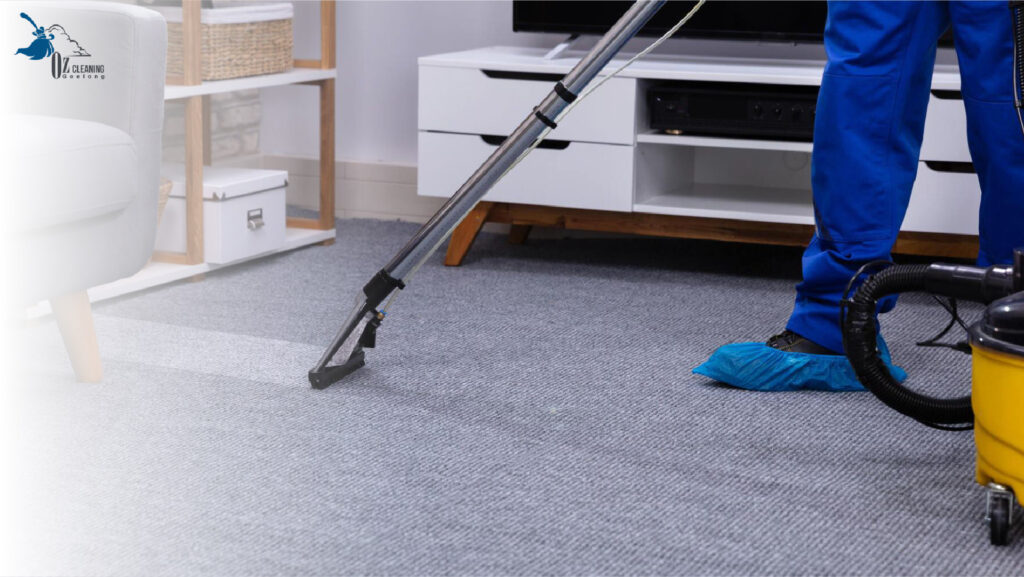Many of us are familiar with and absolutely cherish the feeling of being greeted by a freshly cleaned carpet. Imagine your floors not just looking clean and spotless under your feet—that’s exactly what professionals aim for when they clean carpets.
But what magic do these experts and reliable carpet cleaning services in Geelong perform to transform our dull, stained carpets? They turn them into the pristine wonders that we adore the most. It’s not magic, but a meticulously followed 8 step carpet cleaning process that guarantees those amazing results we all love.
In this blog, we’ll explore these essential steps that professionals use to maintain and restore the beauty of your carpets.
Let’s dive into professional carpet cleaning and discover what makes it so effective!
The 8 Step Carpet Cleaning Process
Professionals follow a meticulous 8-step process to ensure your carpets look as good as new. These steps are designed to tackle various types of dirt and stains effectively. Let’s explore each step in detail.
Step 1: Identifying Carpet Type and Stains
The first step involves a thorough inspection of the carpet. Professionals look into the carpet’s material, weave, and any manufacturer’s instructions that might influence the cleaning process.
Different fibres like wool, nylon, or polyester have unique needs and tolerances. Identifying the type of stains (oil-based, protein-based, etc.) is equally important to choose the correct treatment and avoid damaging the carpet.
Step 2: Removing Surface Dirt and Debris
Before getting deep into the cleaning, the surface dirt and debris need to be removed. This is typically done using a powerful vacuum cleaner. This step prevents any surface dirt from being worked deeper into the carpet fibres during the washing process.
It’s surprising how much a good vacuuming can improve the appearance of a carpet even before the actual cleaning starts.
Step 3: Targeting Specific Stains for Pre-Treatment
Each stain is unique and requires a specialised approach. Professionals apply pre-treatment solutions to the stains before the main cleaning begins.
Whether it’s a coffee spill, pet urine, or ink, the right pre-treatment helps break down the stain, making it easier to remove during the washing stage.
Step 4: Applying Cleaning Solution to Loosen Dirt
A specific solution is then applied to the carpet to help loosen the dirt that’s embedded deep within the fibres. This cleaning solution is carefully chosen based on the carpet’s material and the type of dirt.
The solution is usually left to dwell on the carpet for a while to ensure it penetrates deeply and works effectively.
Step 5: Working the Cleaning Solution Deep into the Carpet
Using professional equipment, the cleaning solution is then worked deep into the carpet. This could involve brushes or machines designed to agitate the carpet fibres gently, ensuring the cleaning agent reaches every nook and cranny.
This agitation is crucial for dislodging the dirt that’s deeply embedded in the carpet.
Step 6: Rinsing and Extracting the Dirt with Hot Water
Once the dirt has been loosened, it’s time to rinse and extract. Hot water extraction, often referred to as steam cleaning, is a common technique here.
It involves injecting hot water into the carpet and immediately extracting it along with the dislodged dirt. This step not only removes the dirt but also the cleaning solution, leaving no residue behind.
Step 7: Balancing the Carpet’s pH to Prevent Residue
After rinsing, a pH-balancing rinse is often applied to the carpet. This step neutralises any cleaning solution residue, preventing it from attracting more dirt and ensuring the carpet remains clean longer.
It’s a crucial step for maintaining the integrity and longevity of the carpet fibres.
Step 8: Post Cleaning Inspection
The final step involves a thorough inspection to ensure the carpet has been cleaned to satisfaction.
This might include checking for any remaining stains, ensuring there’s no residue left behind, and verifying the carpet’s pH balance is at an ideal level. Adjustments or touch-ups are made if necessary.
Different Types of Carpet Cleaning Methods
Not all carpets require the same cleaning method. Here are the primary methods professionals use, each suitable for different situations.
- Hot Water Extraction (Steam Cleaning)
Hot water extraction, commonly known as steam cleaning, involves injecting hot water and cleaning solution into the carpet and then extracting it. This method is effective for deeply soiled carpets and is most recommended by carpet manufacturers. It’s suitable for most types of carpets but requires drying time.
- Dry Carpet Cleaning
Dry cleaning involves applying a cleaning powder or compound into the carpet fibres, which are then worked into the carpet with specialised machines. After some dwell time, the powder (along with the dirt) is vacuumed up. This method is ideal for areas that cannot be taken out of service for drying, as it requires no drying time.
- Bonnet Cleaning
Bonnet cleaning is more of a surface cleaning method, where a machine with a spinning pad soaked in cleaning solution goes over the top layer of the carpet. It’s quick and can improve the carpet’s appearance, but it doesn’t clean as deeply as other methods. It’s often used in commercial settings for routine maintenance.
- Encapsulation Cleaning
In encapsulation, a foam that encapsulates and lifts dirt is applied to the carpet. As the foam dries, it crystallises, encapsulating the dirt, which is then vacuumed away. This method is particularly effective for low-pile carpets that don’t respond well to deep cleaning and require quick drying times.
- Shampooing
Carpet shampooing involves applying a foamy chemical to the carpet and then using a brush machine to work it into the fibres. The dirt is then vacuumed up along with the dried foam. While effective for heavily soiled carpets, this method can leave residues if not done correctly.
- Foam Cleaning
Foam cleaning, or very low moisture (VLM) cleaning, is similar to dry cleaning but uses minimal water and a foam-based cleaning agent. It provides a deeper clean than bonnet cleaning but with a significantly reduced drying time compared to steam cleaning. It’s best for lightly soiled areas that need a quick turnaround.
Each of these methods has its place in maintaining clean, fresh-looking carpets. Professionals choose the method that best fits the carpet’s condition, material, and the customer’s needs, ensuring your carpets get the care they deserve.
Professional Carpet Cleaning Methods for Stunning Results
Professionals and reliable carpet cleaning services in Geelong don’t have a magic wand, but they do have a roster of tried-and-true methods that tackle even the most stubborn dirt and stains.
Let’s explore some of these expert techniques.
- Utilising Hot Water Extraction for Deep Cleans
Hot water extraction, often mistakenly called steam cleaning, injects hot water and cleaning agents into the carpet at high pressure. This loosens the dirt, grime, and allergens hiding within the fibres, which are then sucked away by a powerful vacuum.
This method is especially effective for heavily soiled carpets and is widely recommended by carpet manufacturers because it gets deep into the fibres without damaging the underlying structure.
It’s not an everyday process but reserved for deep-cleansing needs, typically on an annual basis.
- Harnessing Dry Cleaning Techniques for Delicate Fibers
When carpets are too delicate for the rigours of hot water extraction, professionals turn to dry cleaning. This method uses specialised machines that apply a small amount of water and a cleaning solution to the carpet.
Then, a motorised brush works the solution into the fibres, absorbing dirt and allergens. The beauty of dry cleaning lies in its minimal use of water.
This makes it ideal for sensitive fibres that can’t handle extensive moisture or spaces that need to be used immediately after cleaning without waiting for the carpet to dry.
- Achieving Brilliance with Encapsulation Cleaning
Encapsulation is a relatively modern method that works wonders on low-pile, commercial-grade carpets often found in offices and hotels. The process involves spraying a cleaning solution that encapsulates dirt particles upon drying.
Once dry, these encapsulated particles can be vacuumed away with ease.
Not only is this method fast and efficient, leaving carpets ready for foot traffic almost immediately, but it also prevents the dirt from reattaching to the fibres, keeping carpets cleaner for longer.
- The Power of Professional-grade Equipment
The tools of the trade can make all the difference. Professional carpet cleaners have access to high-grade equipment and cleaning solutions that aren’t available to the average consumer. These powerful machines provide deeper cleaning, more efficient dirt and moisture removal, and quicker drying times.
Whether it’s a high-suction vacuum cleaner, a powerful rotary machine for applying cleaning solutions, or advanced spot-cleaning tools, the equipment in a professional’s arsenal allows them to tackle diverse carpet cleaning tasks effectively.
Moreover, professionals are trained to choose the right tool for the job, ensuring that every carpet is treated with the care it deserves to shine at its best.
Wrapping Up!
Congratulations, you’ve just gotten an insider look at the professional carpet cleaning process!
By understanding and following these eight essential steps, you can ensure your carpets are spotlessly clean, well-maintained, and long-lasting.
Remember, regular professional cleaning, combined with good home maintenance practices, can significantly extend the life of your carpet and keep it looking fresh and new.
So, don’t wait for the dirt and stains to build up. Schedule one of the reliable carpet cleaning services in Geelong from OZ Cleaning Geelong. We are experts in tackling spills immediately so you can enjoy the beauty and comfort of your carpets for years to come.



